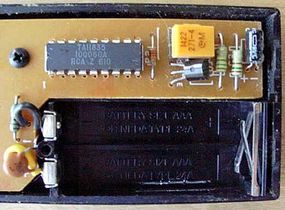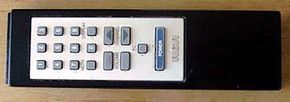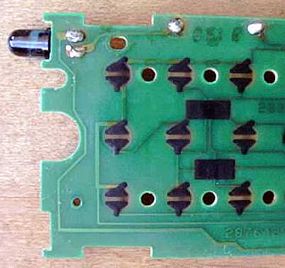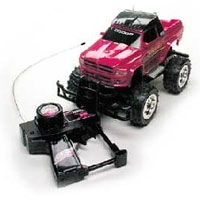If you are like most Americans, you probably pick up a TV remote control at least once or twice a day. Let's look inside and see how they work. Here is the remote we will be dissecting today:
The remote control's job is to wait for you to press a key, and then to translate that key-press into infrared (pronounced "infra-red") light signals that are received by the TV. When you take off the back cover of the control you can see that there is really just 1 part visible: a printed circuit board that contains the electronics and the battery contacts.
Advertisement

The components that you see here are typical for most remotes. You can see an integrated circuit (also known as a chip) labeled "TA11835". The chip is packaged in what is known as an 18 pin Dual Inline Package, or a DIP. To the right of the chip you can see a diode, a transistor (black, with three leads), a resonator (yellow), two resistors (green) and a capacitor (dark blue). Next to the battery contacts there is a resistor (green) and a capacitor (tan disk). In this circuit, the chip can detect when a key is pressed. It then translates the key into a sequence something like morse code, with a different sequence for each different key. The chip sends that signal out to the transistor to amplify the signal and make it stronger.

Advertisement




